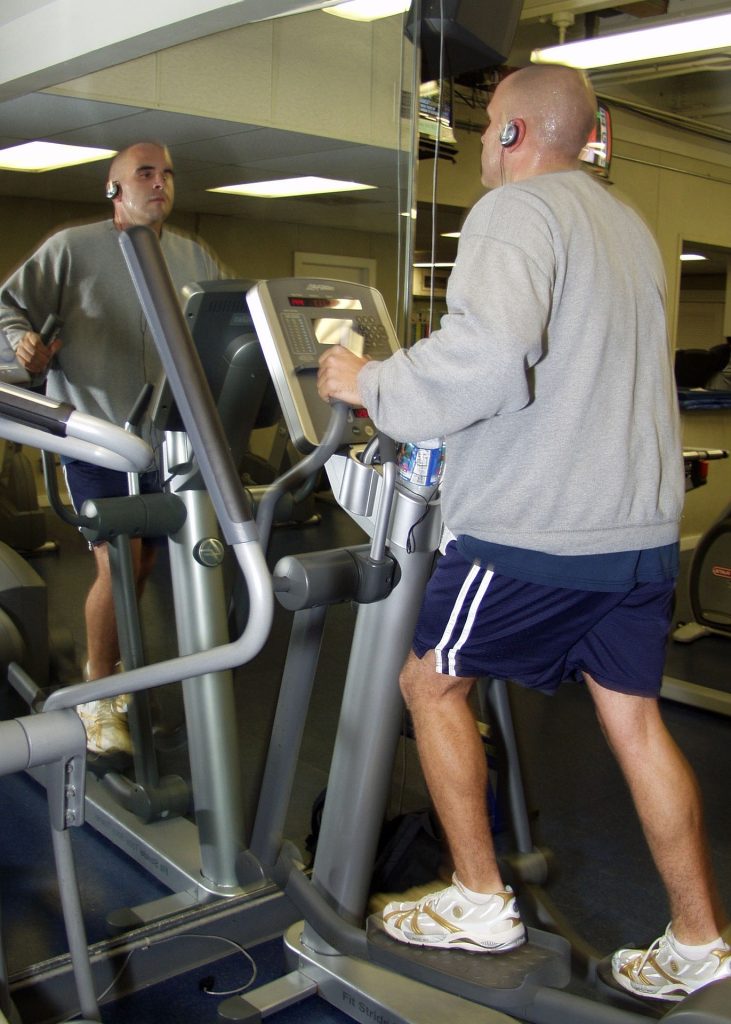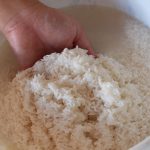
In the pursuit of a healthy and fulfilling life, two pillars stand tall: diet and exercise. These inseparable partners form the cornerstone of well-being, offering a symbiotic relationship that goes beyond weight management. As we delve into the realms of nutrition and physical activity, it becomes evident that their synergy is the key to unlocking a vibrant and resilient body. In this blog, we will explore the intricate dance between diet and exercise, unveiling the profound impact they have on our overall health.

The Power of Nutrition
The phrase “you are what you eat” carries profound truth. The ability of the body to function optimally is determined by the fuel we provide. A balanced and nutritious diet is the foundation for good health.
- Macronutrients and Micronutrients:
Macronutrients—carbohydrates, proteins, and fats—serve as the primary sources of energy. Carbohydrates fuel our muscles, proteins repair tissues, and fats provide essential fatty acids. Complementing these are micronutrients—vitamins and minerals—that act as catalysts for various physiological processes. A well-rounded diet ensures an adequate supply of these nutrients, fostering overall health and vitality. - Hydration:
Water is often overlooked as a nutrient, but its importance cannot be overstated. Proper hydration is vital for digestion, nutrient absorption, and temperature regulation. Adequate water intake supports overall bodily functions and enhances exercise performance. - Balancing Macronutrients:
Striking a balance between carbohydrates, proteins, and fats is crucial. sustained energy levels, muscle development, and optimal metabolism are promoted by a diet rich in whole grains, lean proteins, and healthy fats. Moderation and variety are the keys to achieving this balance.
Exercise: The Catalyst for Physical and Mental Well-being
While nutrition lays the foundation, exercise acts as the catalyst for holistic well-being. Regular physical activity is not just a means to shed excess pounds; it is a powerful tool that impacts every aspect of our health.

- Cardiovascular Exercise:
The heart rate is elevated by activities like jogging, cycling, or swimming, thus promoting cardiovascular health. These exercises improve circulation, lower blood pressure, and enhance endurance. Regular cardio exercise reduces the risk of heart disease and fosters a resilient cardiovascular system. - Strength Training:
Building muscle through strength training exercises has numerous benefits. It enhances metabolism, contributes to weight management, and supports overall functional fitness. Strong muscles also protect joints and bones, reducing the risk of injuries and promoting longevity. - Flexibility and Balance:
Incorporating activities like yoga or tai chi into your routine enhances flexibility and balance. These practices not only prevent injuries but also contribute to mental well-being by promoting relaxation and stress relief.

The Symbiotic Relationship
- Weight Management:
The combination of a healthy diet and regular exercise is the most effective approach to weight management. While a nutrient-dense diet helps control calorie intake, physical activity expends energy, creating a harmonious equilibrium. The symbiosis of these factors facilitates weight loss or maintenance, depending on individual goals. - Mental Health:
The interconnectedness of diet and exercise extends to mental well-being. Nutrient-rich foods provide the brain with essential elements for optimal function, influencing mood and cognitive performance. Simultaneously, exercise releases endorphins, the “feel-good” hormones, reducing stress, anxiety, and symptoms of depression. - Energy Levels:
The body is fueled with sustained energy by a balanced diet, while stamina and endurance are enhanced by regular exercise. Together, they combat fatigue and promote a vibrant, active lifestyle. The result is increased productivity and an overall sense of vitality. - Disease Prevention:
The synergy of diet and exercise is crucial in preventing chronic diseases. A healthy diet, rich in antioxidants and anti-inflammatory foods, combined with regular physical activity, lowers the risk of diabetes, cardiovascular diseases, and certain cancers.
Conclusion
In the intricate tapestry of well-being, diet and exercise are the threads that weave together to create a vibrant and resilient life. Embracing the symbiotic relationship between nutrition and physical activity empowers individuals to take control of their health. It’s not about restrictive diets or rigorous workout routines but rather about fostering a sustainable lifestyle that nourishes the body and invigorates the mind. By recognizing and embracing the profound impact of this dynamic duo, we pave the way for a healthier, happier, and more fulfilling life.







